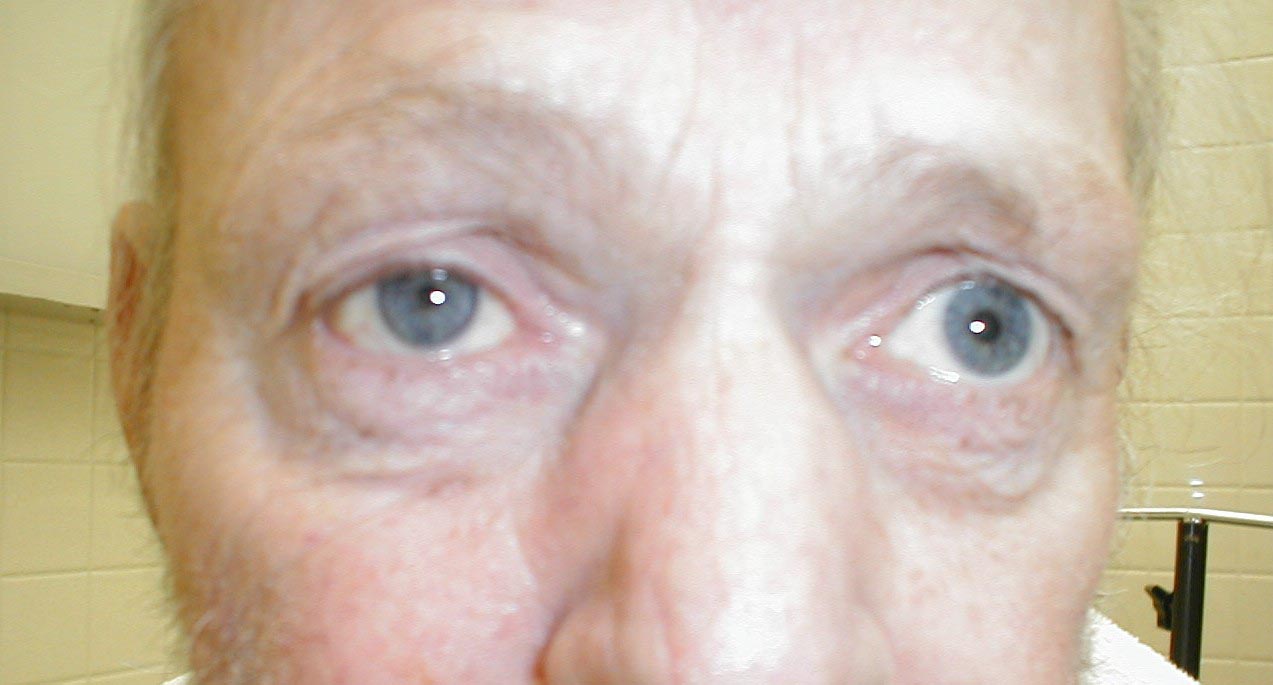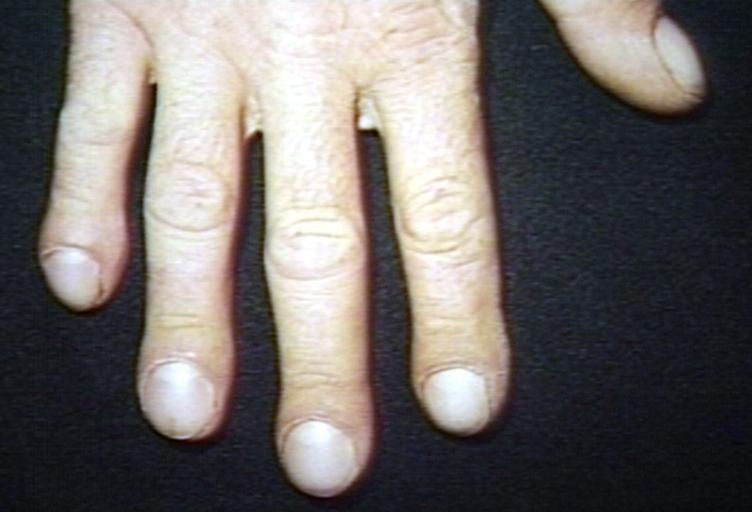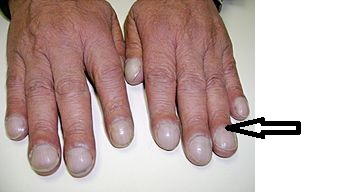Sandbox/ebola: Difference between revisions
No edit summary |
|||
| Line 3: | Line 3: | ||
On March 23, 2014, the Ministry of Health of Guinea notified the [[World Health Organization]] [[WHO]]) of a rapidly evolving outbreak of Ebola virus disease in forested areas south eastern Guinea: Guekedou, Macenta, Nzerekore and Kissidougou districts. As of 22 March, 2014, a total of 49 cases including 29 deaths (case fatality ratio: 59%) were reported. Four health care workers were among the victims. At the same time, suspected cases in border areas of Liberia and Sierra Leone were being investigated. | On March 23, 2014, the Ministry of Health of Guinea notified the [[World Health Organization]] [[WHO]]) of a rapidly evolving outbreak of Ebola virus disease in forested areas south eastern Guinea: Guekedou, Macenta, Nzerekore and Kissidougou districts. As of 22 March, 2014, a total of 49 cases including 29 deaths (case fatality ratio: 59%) were reported. Four health care workers were among the victims. At the same time, suspected cases in border areas of Liberia and Sierra Leone were being investigated. | ||
Six blood samples were tested at Institut Pasteur in Lyon, France, resulting positive for Ebola virus by PCR, confirming the first Ebola virus disease outbreak in Guinea. Preliminary results from sequencing of a part of the L gene showed strong homology with Zaire Ebolavirus. | Six blood samples were tested at Institut Pasteur in Lyon, France, resulting positive for Ebola virus by PCR, confirming the first [[Ebola virus]] disease outbreak in Guinea. Preliminary results from [[sequencing]] of a part of the L [[gene]] showed strong homology with Zaire Ebolavirus. | ||
The ministry of health together with the [[WHO]] and other partners initiated measures to control the outbreak and prevent further spread. Médecins Sans Frontières, Switzerland (MSF-CH) started working in the affected areas and assisted with the establishment of isolation facilities, and also supported transport of the biological smaples from suspected cases and contacts to international reference laboratories for urgent testing. | The ministry of health together with the [[WHO]] and other partners initiated measures to control the outbreak and prevent further spread. Médecins Sans Frontières, Switzerland (MSF-CH) started working in the affected areas and assisted with the establishment of isolation facilities, and also supported transport of the biological smaples from suspected cases and contacts to international reference laboratories for urgent testing. | ||
The Emerging and Dangerous Pathogens Laboratory Network (EDPLN) worked with the Guinean VHF Laboratory in Donka, the Institut Pasteur in Lyon, the Institut Pasteur in Dakar, and the Kenema Lassa fever laboratory in Sierra Leone to make available appropriate Filovirus diagnostic capacity in Guinea and Sierra Leone. | The Emerging and Dangerous Pathogens Laboratory Network (EDPLN) worked with the Guinean VHF Laboratory in Donka, the Institut Pasteur in Lyon, the Institut Pasteur in Dakar, and the Kenema Lassa fever laboratory in Sierra Leone to make available appropriate Filovirus diagnostic capacity in Guinea and Sierra Leone. | ||
| Line 11: | Line 11: | ||
On 3 April, 2014, the outbreak was confirmed to be caused by a strain of ebolavirus with very close homology (98%) to the Zaire ebolavirus. This was the first time the disease has been detected in West Africa. | On 3 April, 2014, the outbreak was confirmed to be caused by a strain of ebolavirus with very close homology (98%) to the Zaire ebolavirus. This was the first time the disease has been detected in West Africa. | ||
==physical== | ==physical== | ||
Revision as of 19:40, 17 June 2014
2014 outbreak

On March 23, 2014, the Ministry of Health of Guinea notified the World Health Organization WHO) of a rapidly evolving outbreak of Ebola virus disease in forested areas south eastern Guinea: Guekedou, Macenta, Nzerekore and Kissidougou districts. As of 22 March, 2014, a total of 49 cases including 29 deaths (case fatality ratio: 59%) were reported. Four health care workers were among the victims. At the same time, suspected cases in border areas of Liberia and Sierra Leone were being investigated. Six blood samples were tested at Institut Pasteur in Lyon, France, resulting positive for Ebola virus by PCR, confirming the first Ebola virus disease outbreak in Guinea. Preliminary results from sequencing of a part of the L gene showed strong homology with Zaire Ebolavirus. The ministry of health together with the WHO and other partners initiated measures to control the outbreak and prevent further spread. Médecins Sans Frontières, Switzerland (MSF-CH) started working in the affected areas and assisted with the establishment of isolation facilities, and also supported transport of the biological smaples from suspected cases and contacts to international reference laboratories for urgent testing. The Emerging and Dangerous Pathogens Laboratory Network (EDPLN) worked with the Guinean VHF Laboratory in Donka, the Institut Pasteur in Lyon, the Institut Pasteur in Dakar, and the Kenema Lassa fever laboratory in Sierra Leone to make available appropriate Filovirus diagnostic capacity in Guinea and Sierra Leone.
On 30 March, 2014, the Ministry of Health of Liberia provided updated details on the suspected and confirmed cases of Ebola virus disease in Liberia. As of 29 March, seven clinical samples, all from adult patients from Foya district, Lofa County, were tested by PCR using Ebola Zaire virus primers by the mobile laboratory of the Institut Pasteur (IP) Dakar in Conakry. Two of those samples tested positive for the ebolavirus. There were 2 deaths among the suspected cases; a 35 year-old woman who died on 21 March tested positive for ebolavirus while a male patient who died on 27 March tested negative. At that time, Foya was the only district in Liberia that reported confirmed or suspected cases of Ebola Hemorrhagic Fever. As of 26 March, Liberia had 27 contacts under medical follow-up. Liberia established a high level National Task Force to lead the response. Response partners include WHO, the International Red Cross (IRC), Samaritan’s Purse (SP) Liberia, Pentecostal Mission Unlimited (PMU)-Liberia, CHF-WASH Liberia, PLAN-Liberia, UNFPA and UNICEF.
On 3 April, 2014, the outbreak was confirmed to be caused by a strain of ebolavirus with very close homology (98%) to the Zaire ebolavirus. This was the first time the disease has been detected in West Africa.
physical
Vital signs
- Fever: up to 20% of patients with lung cancer
General appearance
- Cachexic: weight loss and anorexia
- Jaundice: liver metastases
- Pale skin and conjunctiva: anemia of chronic disease.
- Cyanotic: dyspnea
- Lymphadenopathy (> 1 cm)
- Soft tissue mass
HEENT
Head
- Moon facies: Cushing's syndrome
Eyes
- Jaundice: liver metastases OR
- Conjunctival pallor: anemia of chronic disease
- Miosis, ipsilateral ptosis and lack of facial sweating: Horner's syndrome
Throat
Lungs
- Unilateral wheeze
- Pleural effusion
Abdomen
- Hepatomegaly (> 13 cm span): liver metastases
Musculoskeletal system
- Digital clubbing
- Bone tenderness: bone metastases
- Osteoarthropathy: painful symmetrical arthropathy of the knees, wrist, and knees, and periosteal new bone formation.
Neurological
- Ataxia, dysarthria, nystagmus and sever vertigo: cerebellar degeneration
- Proximal muscles of lower extremities weakness and fatiguability, abnormal gait, hyporeflexia, increased deep-tendon reflexes after facilitation, autonomic dysfunction, and paresthesias
Skin



